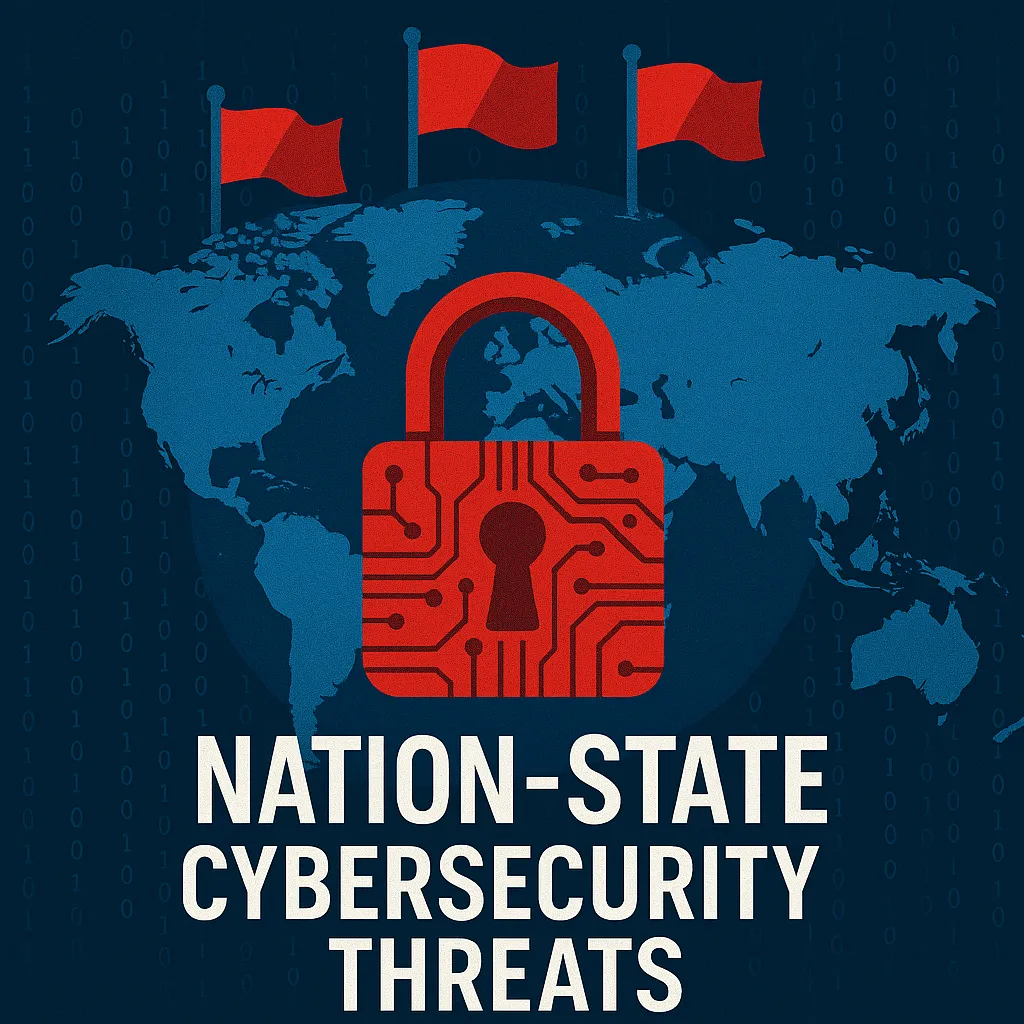Shadows Over the Net: Decoding the Menace of Nation-State Cyber Attacks
In an increasingly digitized world, the silent war of cyber espionage and crippling cyber attacks orchestrated by nation-states continues to escalate, posing critical threats to global security and digital infrastructures. But what exactly are these threats, and why should we be concerned about them?
Navigating the Cyber Battlefield: An Overview
Advanced Persistent Threats (APTs) are central to the discussion on cyber warfare, driven by nation-states or state-sponsored entities aiming to penetrate and linger undetected within target networks. These cyber threats target sensitive data and critical systems for prolonged periods, leveraging sophisticated tactics that surpass conventional hacking attempts.
Understanding APTs: The Hidden Dagger
An APT is not just any cyber threat but a well-resourced, stealthy actor, often linked with government agendas or geopolitical goals. According to the Cybersecurity and Infrastructure Security Agency (CISA), these groups engage in prolonged intrusions to exploit networks and extract high-value information silently and methodically.
Case in Point: The Alarming Exploit
One striking example from recent times includes the exploitation of CVE-2022-47966, where nation-state actors compromised public-facing applications to infiltrate an organization, as reported here.
The Global Impact of Nation-State Cyber Warfare
Nation-state cyber activities aren't confined to a shadowy corner of the internet but have large-scale implications, affecting everything from election integrity to critical infrastructure stability. These actors thrive on the strategic advantage gained from the digital ecosystem's exploitation, making global cyber defenses a challenging task.
The Domino Effect
The ripple effects of an APT attack can destabilize economies, subvert democratic processes, and jeopardize national security, with recent incidents underscoring the urgent need for robust cyber resiliency measures worldwide.
Next Steps: Building Cyber Resilience
To shield against these shadowy figures, a multifaceted approach involving heightened awareness, proactive defenses, and international cooperation is essential. Recognizing the signs of an APT attack, such as unusual outbound data traffic or unrecognized administrator accounts, can allow for timely interventions.
Preventive Strategies
Developing a strong cybersecurity posture involves regular updates, aggressive patch management, thorough auditing, and, critically, employee training to recognize phishing attempts and other common exploit tactics.
As cyberwarfare evolves, so must our strategies to defend against it. Enhancing cybersecurity requires not just technological solutions but a broader understanding of the geopolitical landscape that shapes these digital battles.
